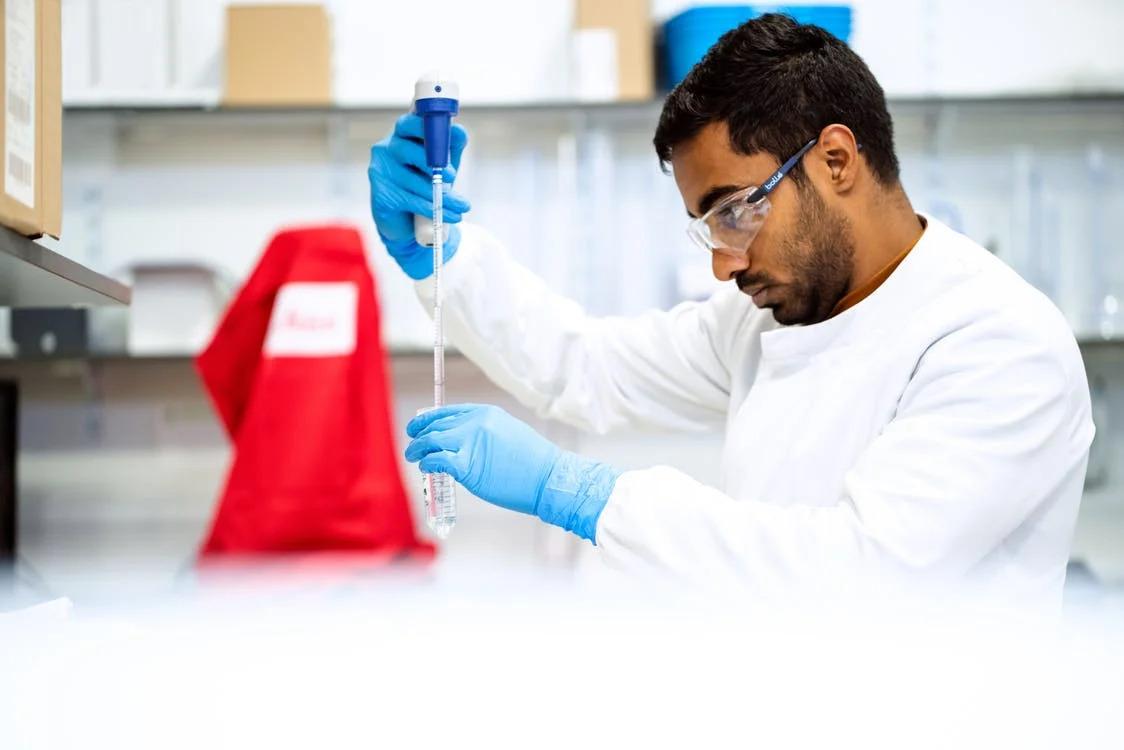Antibody-based treatments have been instrumental in combating a number of contemporary epidemics in human and animal populations. Modern antibody treatments come in two categories: monoclonal antibodies and polyclonal antibodies.
Difference between the two types is:
- Monoclonal antibodies. These are antibodies that are developed entirely from the cloning of a single parent cell that has demonstrated a high affinity for binding to the antigen being targeted (a particular virus, for example).
- Polyclonal antibodies. Like monoclonal antibodies, polyclonal antibodies are designed to target a specific antigen but are developed with several different cells. Therefore, they have the potential to bind to the target antigen through more than one epitope.
Due to their mechanics, polyclonal antibody treatments have the potential to be a highly effective tool in responding to rapidly mutating viral pandemics.
Polyclonal Antibodies and Viral Mutation
As communicable viruses spread throughout a population, they can mutate and become treatment resistant unless they are effectively contained through things like vaccine programs. These viral mutations propagate and spread — and continue mutating to create even more effective versions of themselves.
What does this mutation mean on a mechanical level? As viruses mutate and multiply, the shapes of their epitopes evolve. This means that any medications that rely on an ability to bind to the viral antigen will become less effective. This includes monoclonal antibodies and certain types of vaccines.
What makes a polyclonal antibody better suited for dealing with rapid mutation? Once again, we can think about the basic evolutionary model. When an animal evolves, changes don’t happen immediately. Significant changes take many generations to take root among an entire population, even among creatures that propagate at a high rate. Even among selectively-bred domesticated animals, getting desirable traits to appear consistently can involve several human lifetimes of dedicated work.
While the mutation timeline for viruses is almost indescribably faster than it is for animal and plant life, it is still not instantaneous. Each “new” virus will initially be quite close in structure to the virus that spawned it. Viruses with new, treatment-resistant epitopes need to take root in a population and spread like any other new virus. This is to say that a new treatment-resistant epitope shape is unlikely to develop spontaneously in multiple infected populations at once. This means with the right treatments and early detection, we can contain and stop dangerous mutations before they spread globally.
Benefits of Polyclonal Antibodies
Polyclonal antibodies make a natural counterpart to mutating viruses because they, too, rely on differing-but-similar protein structures for their binding mechanism. Just like a newly mutated virus will be fairly close in structure to its parent, the different antibody cells used to create a polyclonal antibody treatment will all target the same antigen through different epitopes. Therefore, even when a virus mutates in such a way that a particular antibody cell is no longer effective at binding to it, one or more of the other antibody cells used to develop the polyclonal antibody may still offer effective treatment. Monoclonal antibodies do not offer this sort of redundancy.
Conclusion:
As things like climate change continue to impact the rapid development and mutation of life-threatening viruses, science and medical experts work diligently to find practical solutions. Innovative treatments such as polyclonal antibodies are one of the latest advancements helping healthcare professionals provide more effective care to their patients, enabling them to overcome harmful illnesses and improve their quality of life.






